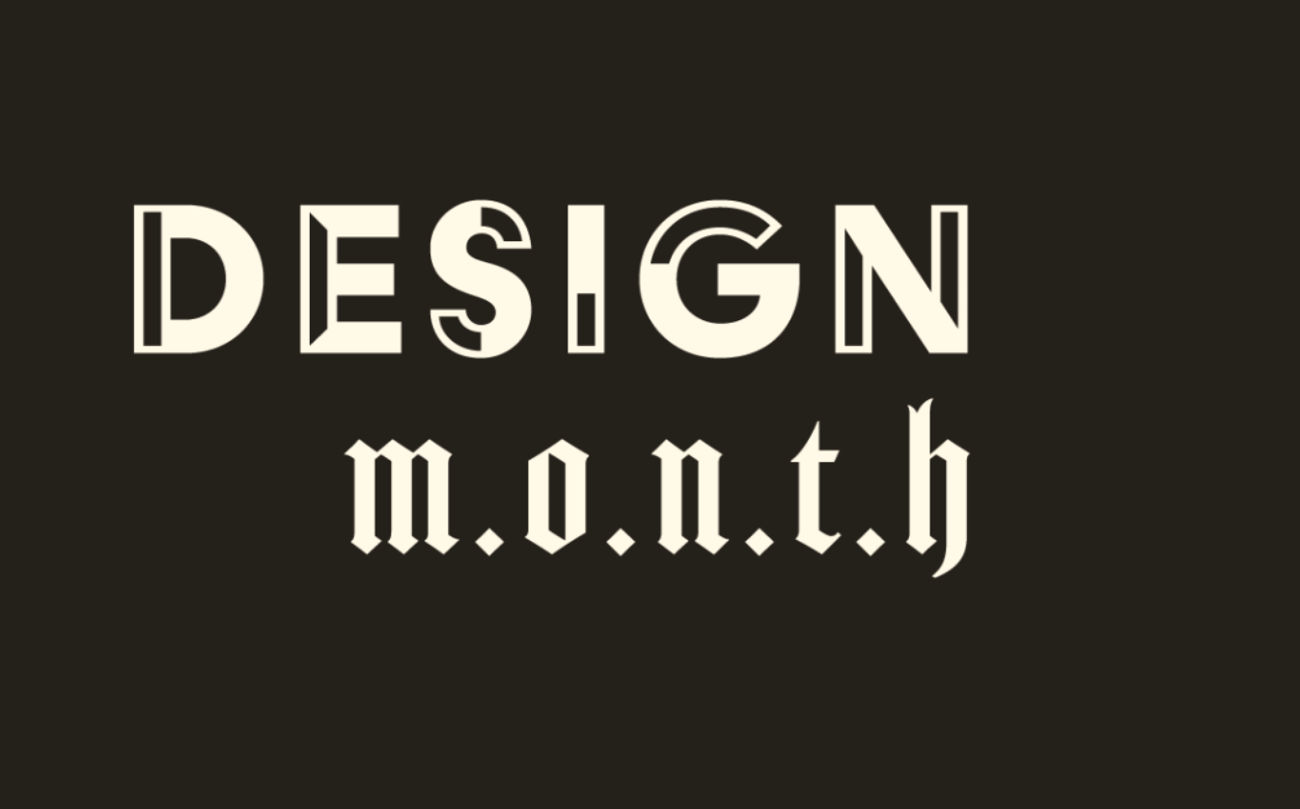
We already dedicate a good proportion of our time to covering design and its intersection with business and culture, but all through April our editorial team will be upping the ante. As well as republishing some of the great stories that ran in the Design Issue, we’ll also be conducting a whole heap of new interviews, seeking opinions, giving things away, holding events (all going to plan) and generally continuing to shine more light on some of the amazing things that are happening in this country. So if you think there’s something or someone we should be covering, if you have a new product/brand/building/development/website/idea to show off, or if you have a view to share, we want to hear from you.
All too often design is still seen as an output. That’s understandable. We’re visual, tactile, often very simplistic creatures. But what all good designers know is that design is a process. It’s also all around us if we care to look. It’s the government policies that impact our lives; it’s the playgrounds our children use; it’s the websites, apps and platforms that suck us in to their world; it’s the woolen shoes we harp on about to all our friends; it’s the commercial messages that try to influence us; it’s the built environment we interact with; it’s the lamp in the corner of the lounge; it’s the office you work in; it’s the appliances in your kitchen … But what links all these things is intent and the desire to find beautiful solutions.
Just before we went into production for the Design Issue, I started watching the brilliant Netflix series Abstract: The Art of Design. It profiles some of the world’s most influential designers across a range of disciplines and in one of the episodes Bjarke Ingels, the impressive young Danish architect, said something that really resonated with me. To him, design is the ability to turn something that is necessary, something that has utility, into something with possibility and poetry (that can be seen clearly with the steam ring-belching power plant with a ski slope on its roof in Copenhagen that his firm designed). Like all great designers, he says he has a longing to discover things he’s never even thought about. Then, two seconds after those things have been realised, he can’t think about what the world would be like without them.
That’s the power of intent. And that’s what we will be focusing on during Design Month. We hope you get as much out of our decisions as we get out of making them.




